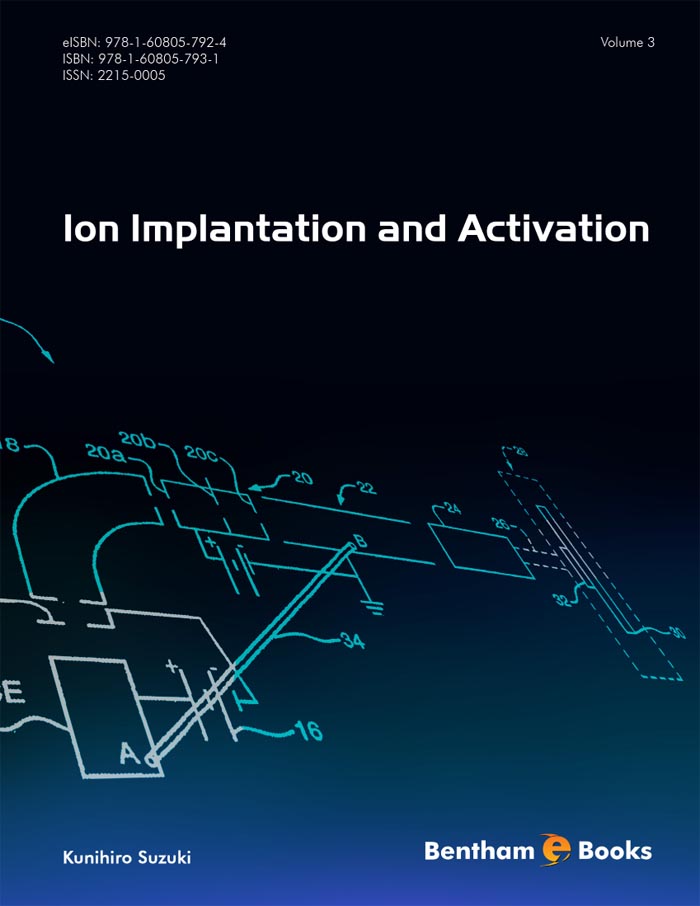Ion implantation is a standard technology, by which impurities are doped into Si substrates in very large scale integration (VLSI) processes in modern times. Defects are unintentionally generated in the substrate by the ion implantation simultaneously since impurities are introduced physically into the lattice, i.e., in non-thermal equilibrium. Hence, a subsequent thermal process is indispensable to recover the damage and activate the introduced impurities. Intensive studies on predicting the ion implantation profiles and activation processes have been done, and they are still under investigations.
Many eBooks on fundamental ion implantation technology and detailed physics related to the ion implantation have been published. Furthermore, database for practical ion implantation profiles is also established and it is valid even for modern technologists and students. However, theoretical models and systematic fundamental experimental data are not closely related to each other, and how accurately the models reproduce the experimental data is not clear.
We have been collecting systematic experimental data to evaluate and develop the models for a long time. We also try to compare the data with related models in this eBook.
Details about the derivation process of fundamental and advanced models are described step by step and their related assumptions and approximations are clarified. If some mathematical and physical background is necessary, related appendixes will be added to make this book self-contained. Models which are not established well and under investigations are also treated. Although it is not ensured to be accurate, knowing the detail about models under investigations is interesting for furthering the models.
The author aims at the readers who are experts and non-experts in various fields associated with the ion implantation, hoping that various members can cover some knowledge to collaborate with one another. It is not easy for non-expert members to understand this eBook, it is believed that they can do it with time and efforts.
This eBook consists of three volumes, and this volume treats the following content.
The thermal process after the ion implantation is indispensable to activate the introduced impurities. The impurities diffuse and redistribute in the thermal process. It is explained that the diffusion phenomenon is associated with the paring of impurities and point defects. Firstly, we describe the diffusion phenomenon under the thermal equilibrium on point defect concentration.
The ion implantation unintentionally induces point defects much more than that in the thermal equilibrium, and induces significant diffusion much more than that in the thermal equilibrium. This phenomenon is called transient enhanced diffusion (TED) and is not fully understood. The prominent feature of TED is shown and described.
SiO2 is a very important material in VLI process, which not only provides good interface characteristics in MOSFETs but also blocks the impurity diffusion. SiO2 layers are easily formed by thermal oxidation. Mechanisms of oxidation and redistribution of impurities during oxidation are presented. Segregaton coefficient is defined as the ratio of impurity concentrations at both sides of two different layers, and it influences the diffusion profiles in multi layers. The most important segregation coefficient is the one for SiO2/Si system. Although the definition of the segregation coefficient is simple, its evaluation is not easy. We show that the oxidation of polycrystalline silicon enables us to extract it robustly.
The diffusion equation cannot be solved analytically in general. However, we can obtain their analytical forms in some special cases. We describe some analytical models related to the VLSI process.
Conflict of Interest
The author(s) confirmed that this eBook has no conflict of interest.
Kunihiro Suzuki
Fujitsu limited
Minatoku kaigan 1-11-1 Tokyo
Japan
E-mail:suzuki.kunihiro@jp.fujitsu.com




